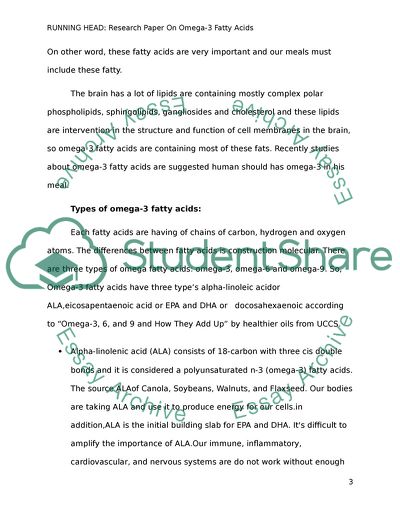Cite this document
(Characteristic of Omega-3 Fatty Acid Research Paper, n.d.)
Characteristic of Omega-3 Fatty Acid Research Paper. https://studentshare.org/science/1860640-omega-3
Characteristic of Omega-3 Fatty Acid Research Paper. https://studentshare.org/science/1860640-omega-3
(Characteristic of Omega-3 Fatty Acid Research Paper)
Characteristic of Omega-3 Fatty Acid Research Paper. https://studentshare.org/science/1860640-omega-3.
Characteristic of Omega-3 Fatty Acid Research Paper. https://studentshare.org/science/1860640-omega-3.
“Characteristic of Omega-3 Fatty Acid Research Paper”. https://studentshare.org/science/1860640-omega-3.


